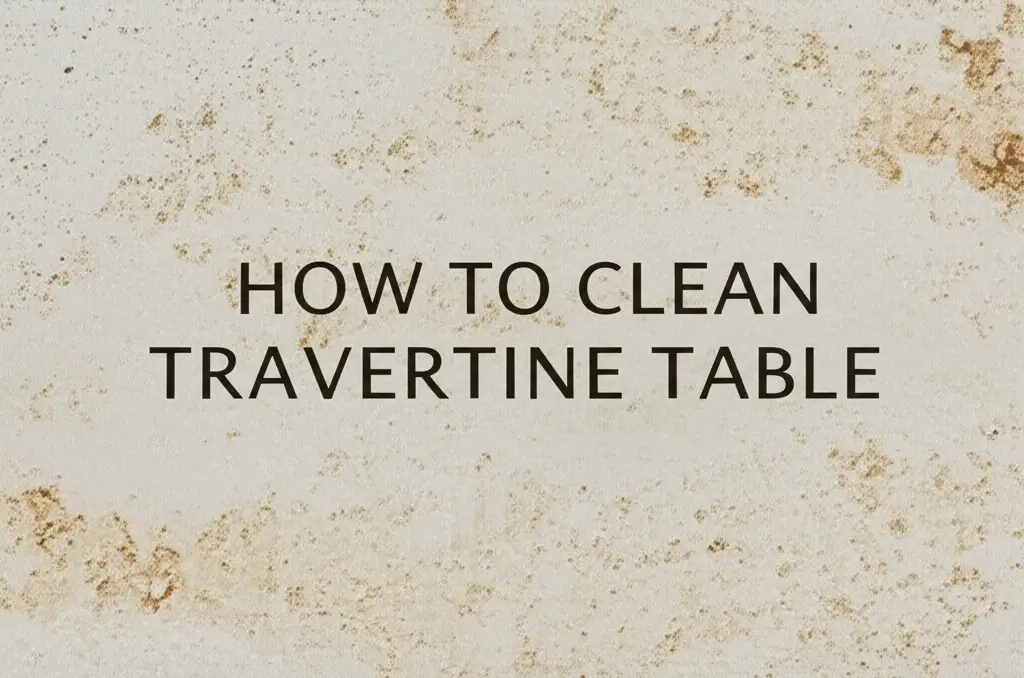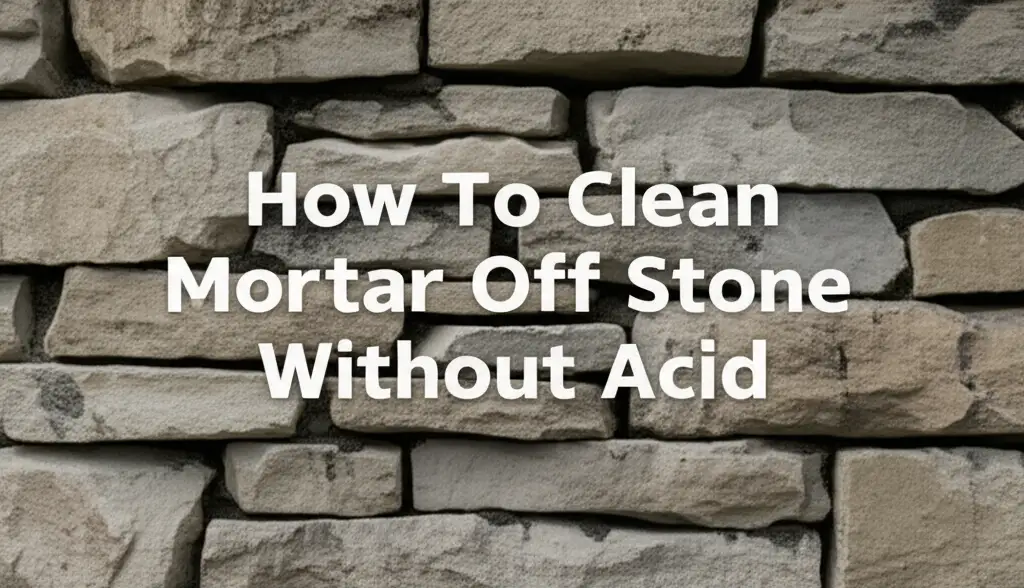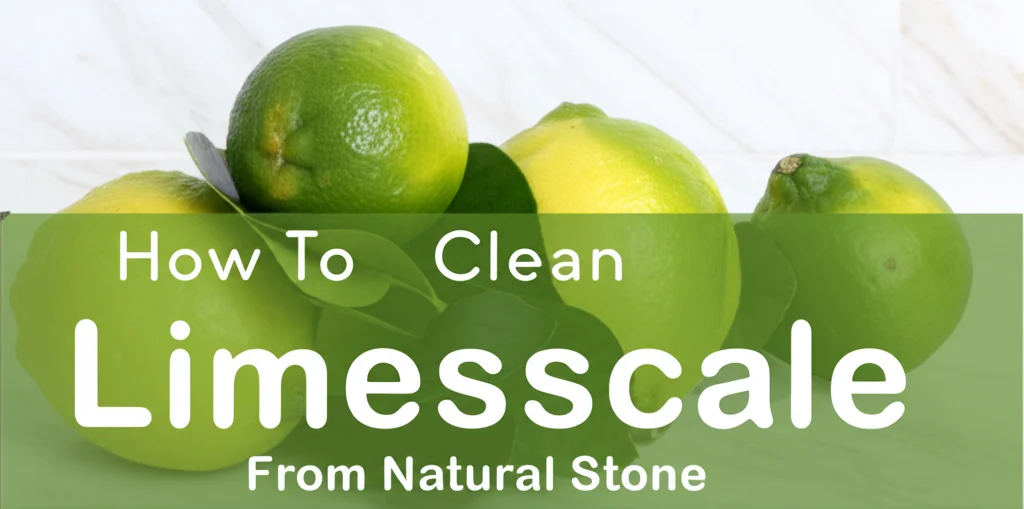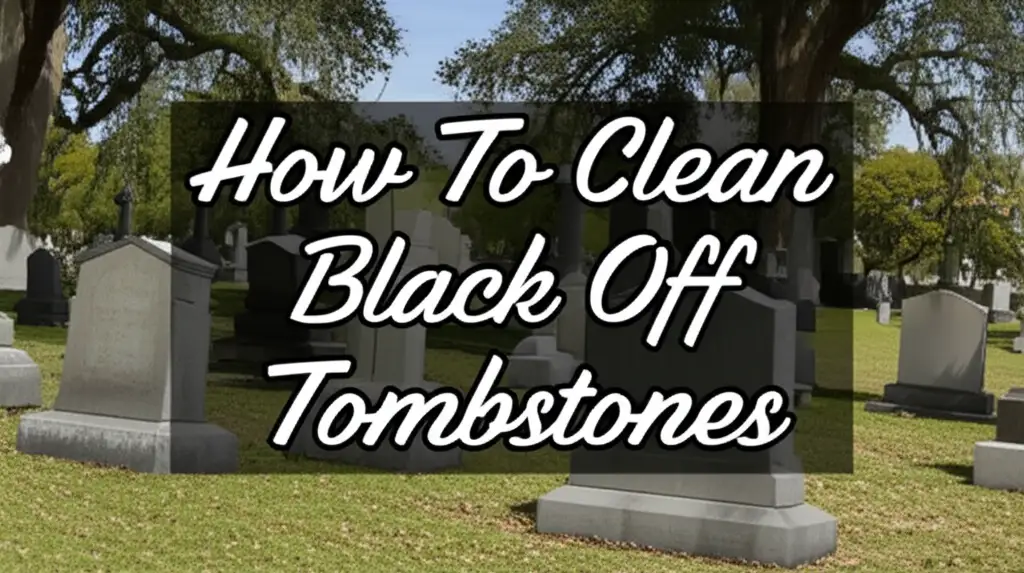· Stone Care · 15 min read
How To Clean Headstone Granite
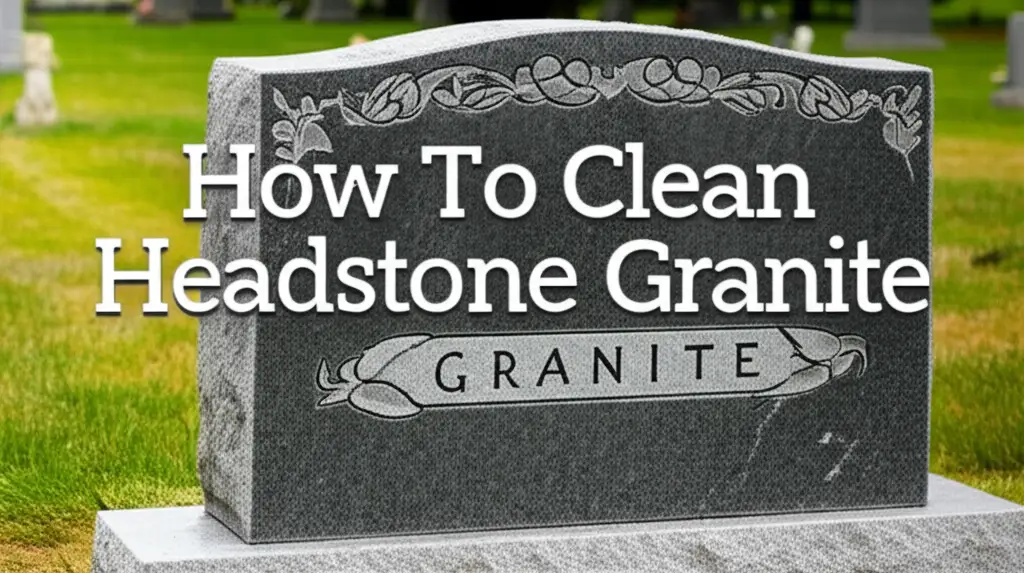
Effective Ways to Clean Headstone Granite
Visiting a loved one’s memorial provides comfort. We want the headstone to look its best. Over time, elements like rain, sun, and dirt affect granite. They leave stains and growth. Learning how to clean headstone granite correctly preserves its beauty. It also honors the memory it represents. This guide explains simple, safe steps to restore a granite monument. We cover the right tools and cleaning products. You will learn about tackling tough stains. We also discuss how to keep the headstone looking new for years.
Takeaway
Keeping a granite headstone clean is simple. Follow these key steps:
- Gather Tools: Use soft brushes, buckets, water, and appropriate cleaners.
- Test Cleaners: Always test any cleaner in a small, hidden area first.
- Rinse Thoroughly: Remove all loose dirt before applying cleaners.
- Use Gentle Methods: Avoid harsh chemicals or abrasive tools.
- Address Specific Stains: Target mold, lichen, or water spots with specific treatments.
How do you clean headstone granite?
To clean headstone granite, first rinse it with water to remove loose dirt. Then, use a soft brush and a pH-neutral cleaner specifically for stone. Scrub gently in small sections. Rinse thoroughly with clean water to remove all cleaning solution residue. Always avoid harsh chemicals, abrasive tools, or high-pressure washers, which can damage the stone.
Understanding Your Headstone: Granite Characteristics
Granite stands as a popular choice for headstones. People select it due to its strength and beauty. It forms from cooled magma, making it very dense. This density helps it resist weathering. Granite consists of many different minerals. These minerals give it unique colors and patterns. Its hard surface is not porous like some other stones. This means it absorbs less water and fewer stains.
The polish on granite headstones protects them. This polish makes the surface smooth and shiny. It also helps repel water and dirt. Over time, this polish can wear down. Dirt and grime can then stick to the stone more easily. Understanding granite’s properties helps us choose the right cleaning methods. We must avoid anything that can scratch the polished surface. We also must not use chemicals that can etch the stone.
I find granite to be a very forgiving stone when cleaned properly. Its natural strength makes it durable in all weather conditions. However, even strong materials need gentle care. Regular, light cleaning prevents deep-seated problems. It also keeps the headstone looking respectful and cared for. This knowledge forms the base for safe cleaning practices.
Essential Tools and Safe Cleaning Solutions for Headstone Granite
Before you start cleaning, gather your tools. Having everything ready makes the process smoother. The right tools protect the stone. They also keep you safe. You need soft brushes or sponges. A natural bristle brush works well for general dirt. Avoid wire brushes. Wire can scratch granite. You will also need a few clean buckets. One bucket holds clean water, and another holds cleaning solution.
Water is your primary cleaning agent. Use plenty of fresh, clean water. For cleaning solutions, choose a pH-neutral stone cleaner. These cleaners are safe for granite. Avoid household cleaners like bleach, ammonia, or strong acids. These chemicals can damage granite. They may strip the polish or cause discoloration. Mild dish soap mixed with water can work for light dirt. However, dedicated stone cleaners are always best.
I always bring a spray bottle for targeted cleaning. It helps apply solutions evenly. A soft cloth or old towels are useful for wiping. You might also want a kneeling pad for comfort. Remember, gentle methods are key when cleaning a headstone. The goal is to clean without causing harm.
- Soft Bristle Brushes: These include natural fiber brushes or soft nylon brushes. They remove dirt without scratching the stone.
- Clean Buckets: Have at least two. One for rinsing, one for cleaning solution.
- Fresh Water: Essential for rinsing and diluting cleaners.
- pH-Neutral Stone Cleaner: Look for products specifically labeled for granite or natural stone. They protect the stone’s integrity.
- Spray Bottle: Helps apply cleaning solution evenly.
- Soft Cloths or Towels: For wiping down surfaces.
- Gloves: Protect your hands from dirt and cleaning solutions.
For specific stains, you might need different solutions. We will cover those later. Always read product labels before using any cleaner. Make sure it is safe for granite.
Step-by-Step Guide: How to Clean Headstone Granite Safely
Cleaning a granite headstone requires a gentle touch. Follow these steps for the best results. This method prevents damage and cleans effectively. I have used these steps many times. They work well for maintaining granite monuments.
Step 1: Pre-Rinse the Headstone
Begin by rinsing the entire headstone with clean water. Use a hose with low pressure or pour water from a bucket. This step removes loose dirt, dust, and debris. It prevents scratching the stone during scrubbing. Ensure water covers the whole surface. This loosens stubborn grime.
Step 2: Apply a Gentle Cleaning Solution
Mix your pH-neutral stone cleaner according to its directions. If using mild dish soap, add a few drops to a bucket of water. Apply the solution to the headstone. Use a soft sponge or cloth. Work in small sections. Let the solution sit for a few minutes. Do not let it dry on the stone. This soaking time helps loosen dirt and grime.
Step 3: Gently Scrub the Surface
Using a soft-bristle brush, gently scrub the granite surface. Work from the top down. Use small, circular motions. Pay attention to engraved areas. Dirt often collects there. Do not apply too much pressure. The goal is to lift dirt, not to scrub aggressively. Rinse your brush often in clean water. This keeps dirt from spreading.
Step 4: Rinse Thoroughly
After scrubbing, rinse the headstone completely. Use fresh, clean water. Remove all cleaning solution residue. Leftover cleaner can leave streaks or damage the stone over time. Rinse from the top down again. Make sure water flows freely over all surfaces. Check all crevices for remaining foam or dirt. This step is very important.
Step 5: Dry the Headstone
Allow the headstone to air dry. For a streak-free finish, you can wipe it dry with a clean, soft cloth. This also helps you see any spots you might have missed. If you are cleaning in direct sunlight, drying quickly is important. Water can evaporate too fast. This sometimes leaves water spots.
Following these steps ensures a safe and effective cleaning. The headstone will look refreshed. You can see the original shine return. Regular cleaning with these methods helps preserve the stone for years.
Dealing with Specific Stains: Mold, Lichen, and Hard Water on Granite Headstones
Granite headstones face many challenges from the environment. Mold, lichen, and hard water stains are common issues. Each requires a specific approach. My experience shows that targeted treatments are best for these problems. Do not try to scrub them off dry. This can scratch the stone.
Cleaning Mold Off Granite Headstones
Mold appears as black or green spots. It grows in damp, shaded areas. To remove mold, you need a specific solution. Start by rinsing the area well with water. Then, apply a cleaner designed for mold or algae on stone. Many of these products are oxygen-based. They lift the mold without harming the granite. Let the cleaner sit for the recommended time. Then, gently scrub with a soft brush. Rinse thoroughly with clean water. For persistent mold, you may need to repeat the process. Discover more about cleaning mold from granite headstones by visiting our detailed guide on how to clean mold off granite headstone.
Removing Lichen from Granite Headstones
Lichen looks like crusty, greenish-grey patches. It holds tightly to stone surfaces. Removing lichen needs patience. First, wet the lichen patches. This softens them. Apply a specialized biocide or an oxygen bleach solution (diluted 1:1 with water). Allow it to sit for several hours, or even overnight. Keep the area moist. The solution helps break down the lichen’s grip. Then, gently scrape with a plastic scraper or a wooden stick. Do not use metal tools. Finish with a soft brush and a thorough rinse. For more specific instructions on removing these growths, read our article about how to clean lichen off granite tombstones.
Tackling Hard Water Stains on Granite Headstones
Hard water stains look like white, chalky deposits. They happen when water evaporates and leaves mineral deposits behind. These stains can be stubborn. First, try scrubbing with plain water and a soft brush. If that does not work, use a poultice. Mix baking soda with distilled water to form a thick paste. Apply this paste over the stain. Cover it with plastic wrap. Tape the edges down. Let it sit for 24-48 hours. The poultice draws out the minerals. Then, remove the paste and rinse the area well. A mild acid like vinegar can sometimes help, but use it with extreme caution. Always dilute vinegar greatly. Test it in an inconspicuous spot first. Undiluted vinegar can etch granite. We have more information on this topic in our guide on how to clean hard water stains from granite.
Always test any stain removal method in a small, hidden area first. This prevents accidental damage. Patience is important when dealing with these tough stains. Rushing can cause more harm.
Restoring and Protecting Your Granite Headstone After Cleaning
Once your headstone is clean, consider protecting it. This helps maintain its appearance. It also makes future cleaning easier. After cleaning, the granite is ready for treatment. Protection helps fight against new stains and growth.
Applying a Granite Sealer
Sealing granite is an option many people consider. A sealer creates a barrier on the stone’s surface. This barrier helps repel water and oils. It makes the granite less likely to absorb stains. Not all granite headstones need sealing. Highly polished granite is naturally dense. It resists stains well. If your headstone is unpolished or has a matte finish, a sealer may be beneficial. Choose a penetrating sealer designed for natural stone. These sealers absorb into the stone’s pores. They do not sit on the surface.
To apply sealer, ensure the headstone is completely dry. Follow the product instructions carefully. Typically, you spray or wipe on the sealer. Then, you wipe off any excess. Buff the stone with a clean, dry cloth. Sealing should be done every few years. It depends on the sealer type and environmental exposure. Before sealing, ensure the granite is spotless. Any dirt or grime sealed in will be much harder to remove later. Learn more about preparing granite for sealing in our article on how to clean granite before sealing.
Post-Cleaning Care
After sealing, regular maintenance is important. Wipe down the headstone often. Use a soft cloth and plain water. This removes surface dust and light dirt. It prevents buildup. Avoid setting items on the headstone that can cause stains. Flowers can leave pollen or dyes. Metal objects can rust. Regular checks help catch problems early.
I find that a well-cleaned and protected headstone simply looks better. It honors the person remembered there. Protection is an investment in the headstone’s longevity. It keeps the stone looking cared for, year after year.
Frequency and Best Practices for Headstone Granite Maintenance
Maintaining a headstone involves more than just deep cleaning. It includes regular care. This care keeps the stone looking good. It also helps prevent major cleaning jobs. The frequency of cleaning depends on several factors. These include the local climate and the headstone’s location.
How Often to Clean
Generally, I recommend cleaning a granite headstone once every one to two years. If the headstone is in a shaded area, mold and lichen may grow faster. In such cases, more frequent cleaning might be needed. If it is under trees, leaves and bird droppings can also cause issues. For headstones in open, sunny areas, cleaning might be less frequent. A quick rinse with water can be done more often. This removes surface dust and pollen.
Best Practices for Long-Term Care
- Regular Visual Checks: Periodically visit the headstone. Look for new growth or stains. Early detection makes cleaning easier.
- Remove Debris: Gently remove leaves, twigs, or other debris. These can trap moisture and cause stains.
- Avoid Harmful Products: Never use harsh chemicals, bleach, or abrasive cleaners. These permanently damage granite. They strip the polish. They can also etch the stone’s surface.
- Use Soft Tools: Always use soft brushes, cloths, and sponges. Metal tools will scratch the granite.
- Rinse Thoroughly: This is crucial after any cleaning. Residue can damage the stone over time. It can also attract more dirt.
- Consider Professional Help: For very old, damaged, or deeply stained headstones, a professional conservator is a good choice. They have specialized knowledge and tools. They ensure the stone is cleaned without harm.
I find that consistency is key. A little care regularly goes a long way. It preserves the headstone’s integrity. It also maintains its respectful appearance. This continuous attention shows lasting care. It helps the memorial fulfill its purpose for a very long time.
Common Mistakes to Avoid When Cleaning Granite Headstones
Cleaning a granite headstone seems simple. However, specific actions can cause irreversible damage. Knowing what not to do is as important as knowing what to do. I have seen many good intentions lead to costly errors. Avoid these common mistakes to protect the monument.
Using Harsh Chemicals
This is the most frequent and damaging mistake. Bleach, ammonia-based cleaners, strong acids (like undiluted vinegar), and abrasive powders harm granite. Bleach can cause discoloration. Acids etch the polished surface, making it dull. Abrasive cleaners leave scratches. Always use pH-neutral cleaners specifically for natural stone. If you are unsure, plain water and a soft brush are safer bets.
Employing High-Pressure Washers
Pressure washers can cause serious damage to granite. The high force of water can chip the stone. It can also force water into unseen cracks. This leads to further damage, especially in freezing weather. It can also strip away the polish. Always use a gentle hose stream or pour water from a bucket. Low pressure is always the right choice.
Using Abrasive Tools
Never use wire brushes, steel wool, or harsh scrubbing pads. These tools scratch the granite surface. Scratches dull the polish. They also create tiny grooves where dirt and biological growth can settle. Stick to soft bristle brushes, sponges, and cloths. Your goal is to clean gently, not to scour.
Neglecting to Rinse Thoroughly
Leaving cleaning solution residue on the headstone is problematic. The chemicals can continue to react with the stone. They can leave streaks or cause long-term damage. Always rinse the entire headstone with plenty of clean water after cleaning. Ensure no suds or cleaner remains in crevices.
Cleaning in Direct Sunlight or Hot Conditions
Cleaning in direct, hot sunlight causes solutions to dry too quickly. This can leave streaks or water spots. It also makes it harder for cleaners to work effectively. Try to clean on an overcast day. Morning or late afternoon are good times. The stone should be cool to the touch.
Ignoring Local Cemetery Regulations
Many cemeteries have rules about headstone cleaning. Some may prohibit certain chemicals or methods. Always check with the cemetery office before you begin. This ensures you follow their guidelines. It prevents any issues.
Avoiding these common pitfalls protects the headstone. It ensures the monument remains beautiful for future generations. My advice is always to err on the side of caution. Gentle care preserves the stone.
FAQ Section
Q1: Can I use bleach to clean a granite headstone?
No, never use bleach on a granite headstone. Bleach is a harsh chemical. It can discolor granite. It can also damage the polished surface over time. Always choose a pH-neutral cleaner made for natural stone. This protects the headstone’s integrity and appearance.
Q2: How do I remove black spots from a granite headstone?
Black spots are often mold or lichen. First, wet the area. Apply a specific mold or lichen remover designed for stone. Let it sit as directed. Gently scrub with a soft brush. Rinse thoroughly. For tough spots, repeat the process.
Q3: Is it safe to use a pressure washer on a headstone?
It is not safe to use a pressure washer on a headstone. High pressure can chip the stone. It can also force water into tiny cracks. This can lead to more damage, especially with freeze-thaw cycles. Use a standard garden hose with low pressure instead.
Q4: How often should a granite headstone be sealed?
The frequency of sealing depends on the headstone’s exposure and the sealer type. Generally, highly polished granite may not need sealing often. For unpolished granite, sealing every 3-5 years is a good guideline. Always check the sealer product instructions.
Q5: What if I see rust stains on the headstone?
Rust stains come from nearby metal. Use a specialized rust remover for natural stone. These products are usually poultice-based. They draw the rust out of the granite. Do not use acid-based rust removers. Always follow product instructions carefully.
Q6: Can I use dish soap to clean a granite headstone?
For very light dirt, mild dish soap can work. Mix a few drops with water. Use sparingly. However, it is always best to use a pH-neutral cleaner specifically made for natural stone. Dish soap can sometimes leave a residue if not rinsed completely.
Conclusion
Cleaning a granite headstone is an act of respect and remembrance. It allows us to honor our loved ones by keeping their memorial pristine. We have explored the best ways to clean headstone granite safely and effectively. You learned about gathering the right tools, choosing safe cleaners, and following a step-by-step cleaning process. We covered specific challenges like mold, lichen, and hard water stains, providing targeted solutions. Remember, gentle methods are always best to preserve the stone’s integrity and beauty.
Regular maintenance and avoiding common mistakes will ensure the headstone stands strong for many years. A clean headstone reflects the care and love you hold. Taking the time to properly clean and maintain these monuments helps them continue to tell their story. Visit your loved one’s memorial, armed with this knowledge. Give it the care it deserves. For more cleaning tips and guides, explore other articles on our site. Your effort makes a lasting difference.
- headstone cleaning
- granite care
- memorial cleaning
- gravestone maintenance
- outdoor stone cleaning

